‘We’re bringing in time efficiencies that weren’t there before’: How NetApp is transforming data analysis for the UK’s ‘Poseidon’ surveillance aircraft
Using NetApp kit, the P-8 Poseidon is a formidable military intelligence platform
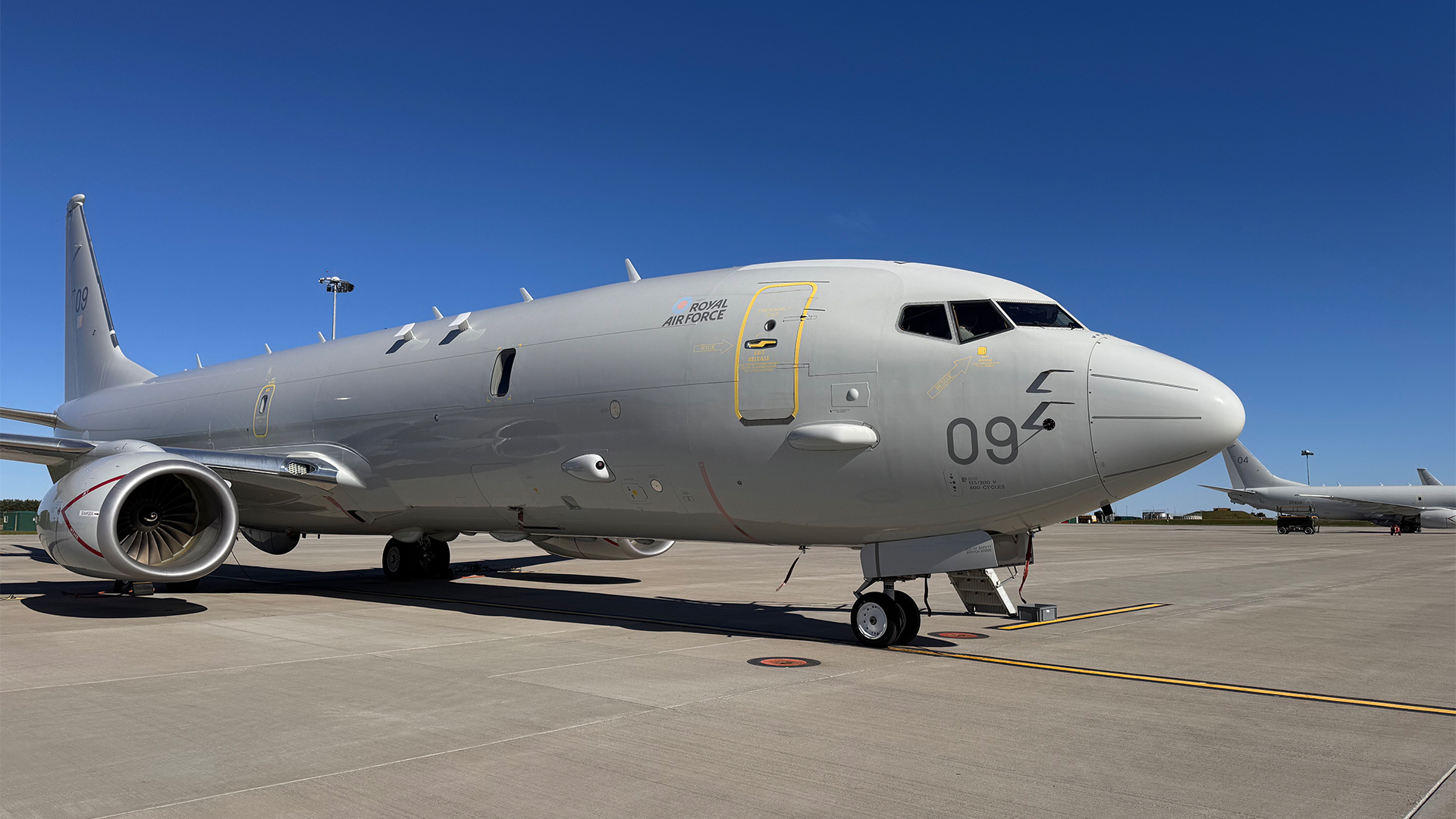

The waters off the northern coast of Britain are unforgiving and critical in equal measure, with the North Sea a region of huge importance to the UK’s national security.
During the Cold War, the North Sea and the skies above were the frontline in the UK’s decades-long tussle with the Soviet Union. It was not only a route for incoming aircraft in the event of a conflict but also a route into the North Atlantic for naval assets.
While the Soviet Union itself is gone, the threat still remains as Russian subsurface vessels and aircraft continue to probe the UK’s defensive capabilities. This cat and mouse game goes on largely unseen – aside from the occasional headline – and is a critical focus for the government, the Royal Air Force (RAF), and its partners in other branches of the armed forces.
A key component in combating this lingering threat is the RAF’s P-8 ‘Poseidon’ aircraft. Patrolling the skies above the North Sea and North Atlantic, the Poseidon conducts regular maritime reconnaissance sorties, often working in tandem with Royal Navy vessels to provide surveillance capabilities from both the sea and air.
The aircraft is state of the art and has been in service for over 15 years, flying out of RAF Lossiemouth in Moray. During a recent press tour attended by ITPro, we were given a glimpse inside the aircraft, and it was quite a sight to behold.
The interior is packed with an array of tools and equipment. This includes storage for 129 ‘sonobuoys’, which are shot into the waters below, alongside powerful electronic sensors and camera equipment. An unnamed RAF pilot conducting the interior tour told press the aircraft frequently flies as low as 200ft above the water, necessitating a jet wash after flights to remove salt water and prevent rusting.
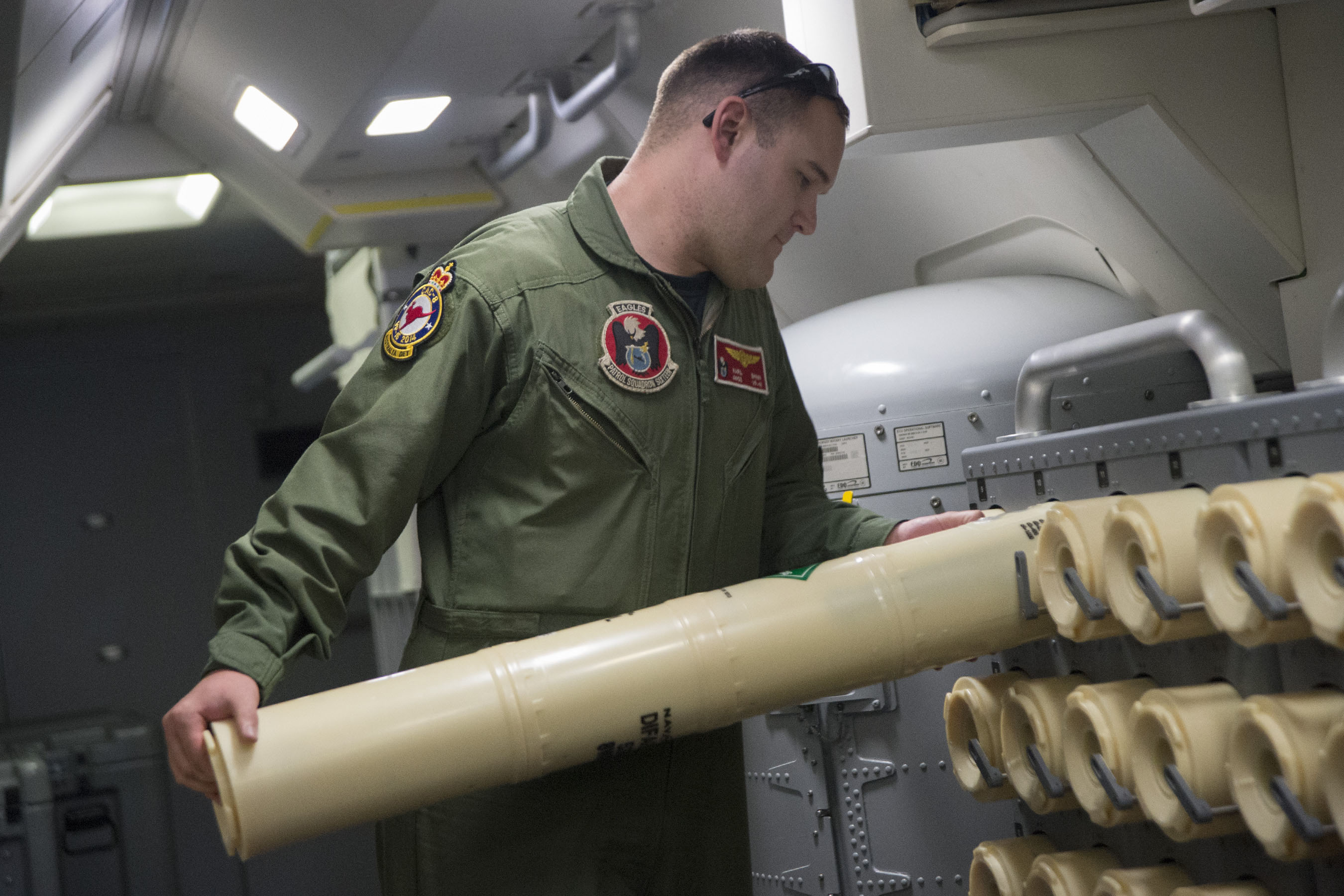
A US Naval Aircrewman unloads a Sonobuoy from the rack onboard a P-8A Poseidon.
While the sonobuoys and sensor equipment are vital for the Poseidon’s mission, this raises significant challenges. The volume of data gathered on each sortie is enormous, coming in at several terabytes of unstructured data.
Get the ITPro daily newsletter
Sign up today and you will receive a free copy of our Future Focus 2025 report - the leading guidance on AI, cybersecurity and other IT challenges as per 700+ senior executives
Gleaning value from this raw defense data and turning it into actionable insights has been a longtime challenge for the RAF. To date, defense personnel tasked with analyzing and ‘cleaning’ have faced a laborious process, one that often takes days or weeks.
In a modern military environment where speed and agility matters, harnessing best-in-class technology is vital.
Big data insights for the P-8 Poseidon
To support the RAF’s work in this regard, the service has worked closely with cloud storage firm, NetApp, to streamline the process and accelerate both the speed and scale at which this data can be gathered, analyzed, and shared.
Each aircraft is equipped with NetApp’s E-Series flash storage arrays. Once a sortie is complete, sensor data is fed into StorageGrid, which Defence Digital’s Toby Milbright noted essentially acts as a “hub” through which analysts can dig into the data.
Ewen Litster, MOD solutions engineer at NetApp, told journalists StorageGrid object storage utilizes SV protocols and is in a ‘data mesh’, or ‘fabric’ - essentially a comprehensive ecosystem for storing and distributing data gathered on missions.
“So you have local storage, secondary data storage for resilience, and you also have local storage for the end users, both from a production point of view and the naval element,” he explained. “They will share some of their data from their sensors and their capabilities into the system, and that enables a big operational picture.”
“The ability to have local storage and access any of the data across the entire data fabric is really one of those advantages.”
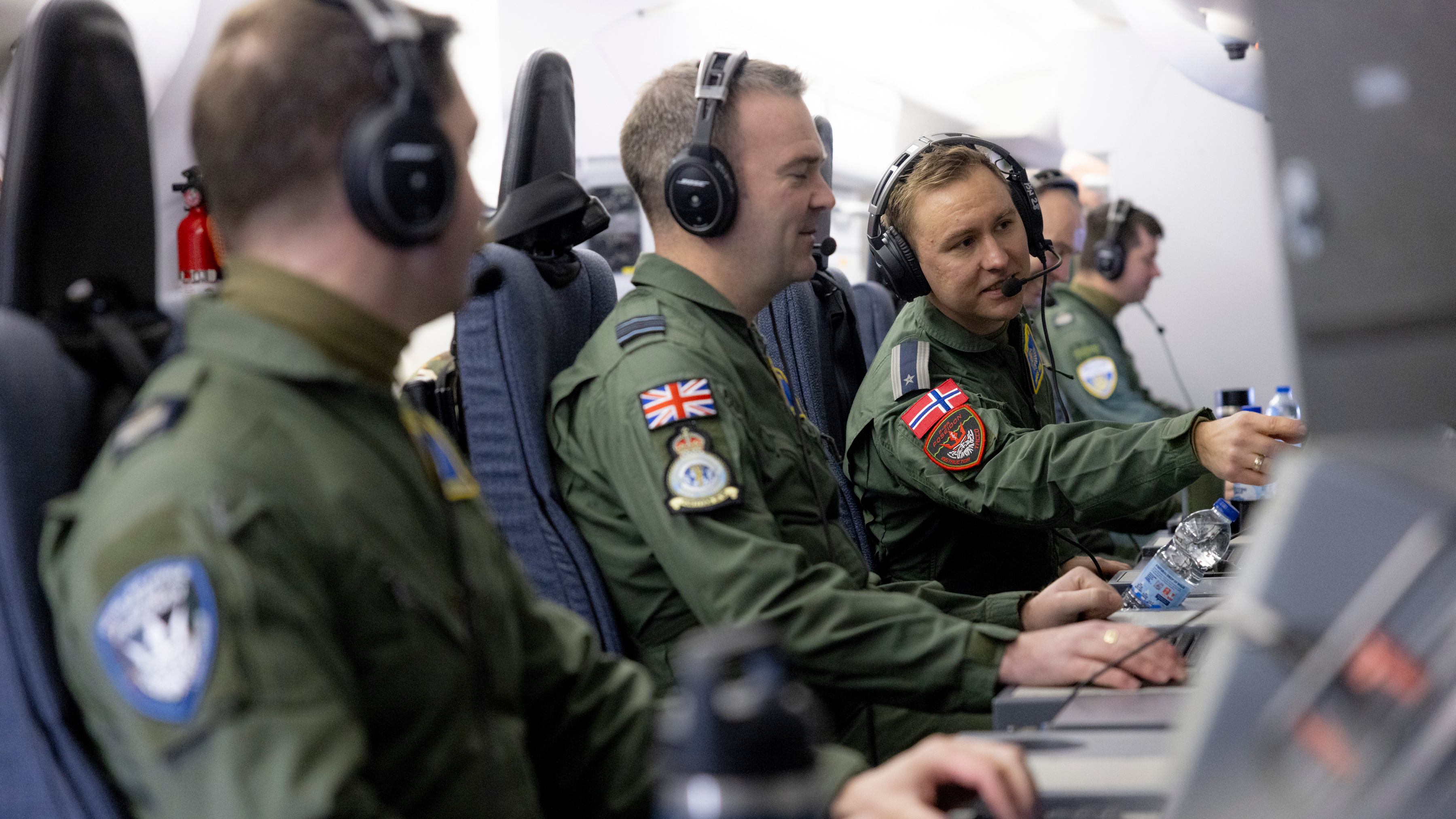
P-8 Poseidon crew comprised of RAF and Royal Norwegian Air Force personnel
Operational efficiencies
The results of this have been profound across a number of fronts. During a presentation at the event, journalists were told how automated metadata tagging means time to analysis has been reduced from the aforementioned days and weeks to minutes and hours
In response to a question from The Stack, Huw Davies, MOD account director for NetApp, said this has greatly improved “operational tempo” for personnel.
“We’re bringing in time efficiencies that weren’t there before, accuracy, and importantly, analyzing the metadata, seeing trends and threats by the adversaries, and that quickly going back up to command,” he said.
The speed of data sharing has, in essence, a domino effect on broader operational efficiency, he noted. In speeding this process up and gleaning value from sortie data quicker, this then aids subsequent sorties by the aircraft.
“I think that [data analysis] was a very manual process,” he said. “It took a lot of time, there were a lot of inaccuracies and lack of trust in the data. Now we’ve improved a lot of those challenges.”
Litster echoed Davies’ comments on this front, noting that from a ‘people ops’ perspective, reducing workloads has cumulative effects.
“The analysts get a big bunch [of data], they’ve got to spend time identifying the significant data,” he said. “Whereas now it’s a lot more fluid. So from a people point of view, there’s a lot less time on the job, so they have more time to do more jobs because of the efficiency.”
‘Multi-domain integration’
Similarly, cross-branch data sharing has also been accelerated as a result of the speed gains unlocked by this process. Enabling personnel to streamline the process means intelligence data can be distributed securely to other military sites and partners across the UK.
Milbright noted that unlocking greater levels of interoperability and ‘multi-domain integration’ are a key focus areas both for the MOD and Defence Digital through its work with the government.
“It’s about interoperability between our coalition partners, who are also P-8 operators,” he said, as well as great interoperability with naval assets assisting the RAF in operations.
The Poseidon will be gaining some company at Lossiemouth in the year ahead, journalists were told, with a host of E-7 Wedgetail surveillance aircraft set to fly out of Moray.
The Wedgetail is already in service with the Royal Australian, Turkish, and South Korean air forces, and similar to the Poseidon, is also highly interoperable with allies across the globe.

Ross Kelly is ITPro's News & Analysis Editor, responsible for leading the brand's news output and in-depth reporting on the latest stories from across the business technology landscape. Ross was previously a Staff Writer, during which time he developed a keen interest in cyber security, business leadership, and emerging technologies.
He graduated from Edinburgh Napier University in 2016 with a BA (Hons) in Journalism, and joined ITPro in 2022 after four years working in technology conference research.
For news pitches, you can contact Ross at ross.kelly@futurenet.com, or on Twitter and LinkedIn.
-
 Bigger salaries, more burnout: Is the CISO role in crisis?
Bigger salaries, more burnout: Is the CISO role in crisis?In-depth CISOs are more stressed than ever before – but why is this and what can be done?
By Kate O'Flaherty Published
-
 Cheap cyber crime kits can be bought on the dark web for less than $25
Cheap cyber crime kits can be bought on the dark web for less than $25News Research from NordVPN shows phishing kits are now widely available on the dark web and via messaging apps like Telegram, and are often selling for less than $25.
By Emma Woollacott Published
-
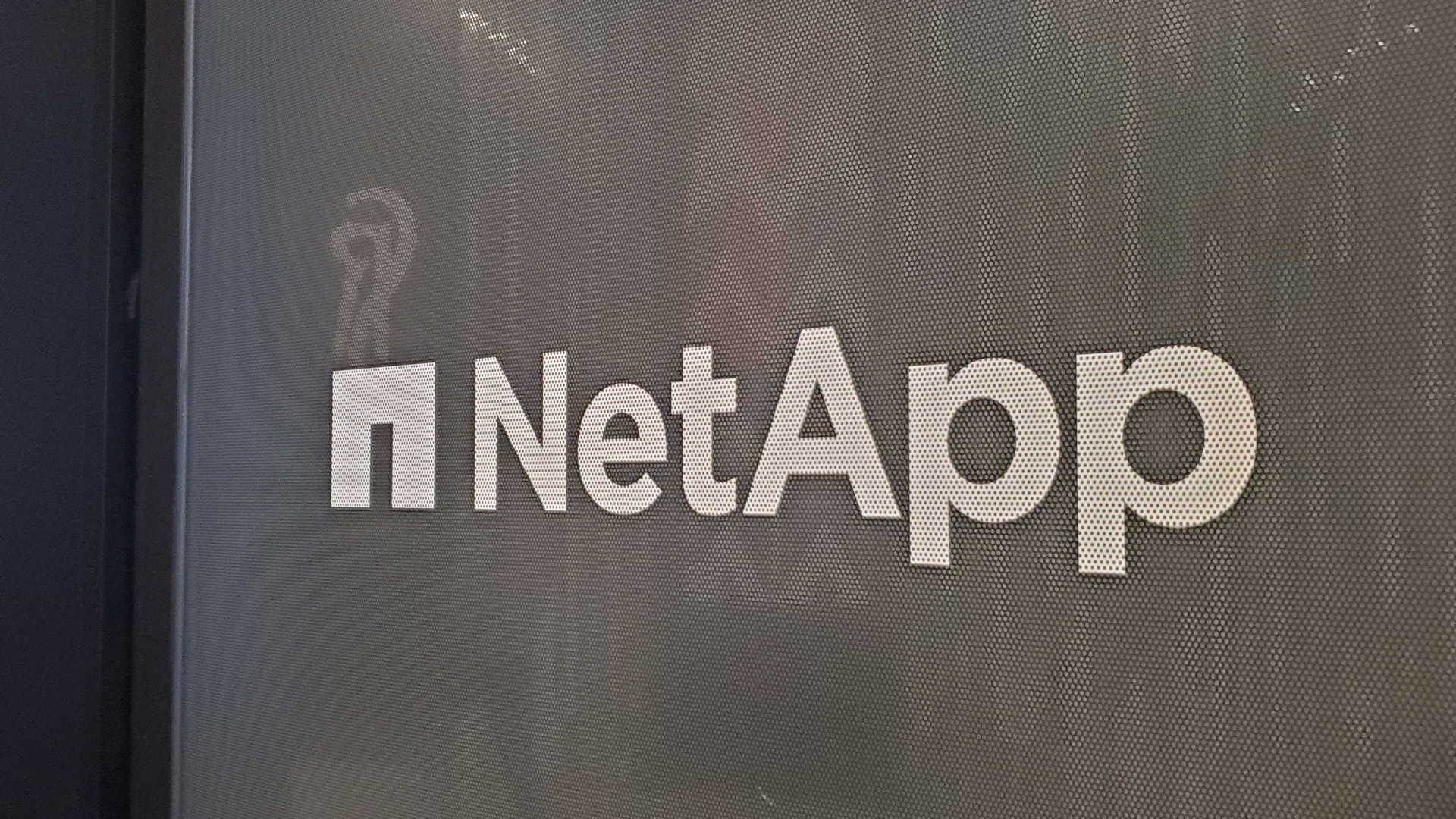 NetApp wants to talk about cold data and its impact on sustainability
NetApp wants to talk about cold data and its impact on sustainabilityAnalysis Enterprises are sitting on a mountain of cold data, and it's having a major impact on efficiency, finances, and sustainability goals
By Ross Kelly Published
-
 NetApp is on a mission to drive hybrid cloud adoption – but first, the data silos have got to go
NetApp is on a mission to drive hybrid cloud adoption – but first, the data silos have got to goAnalysis NetApp customers took to the stage to talk about their AI journey, how hybrid works for them, and why siloed data architectures are still a major stumbling block
By Solomon Klappholz Published
-
 NetApp CEO: The tech industry “needs to do a better job” on AI sustainability
NetApp CEO: The tech industry “needs to do a better job” on AI sustainabilityAnalysis Rapid AI adoption has prompted concerns over firms abandoning sustainability responsibilities in favor of driving new value – and it’s about time that changes
By Solomon Klappholz Published
-
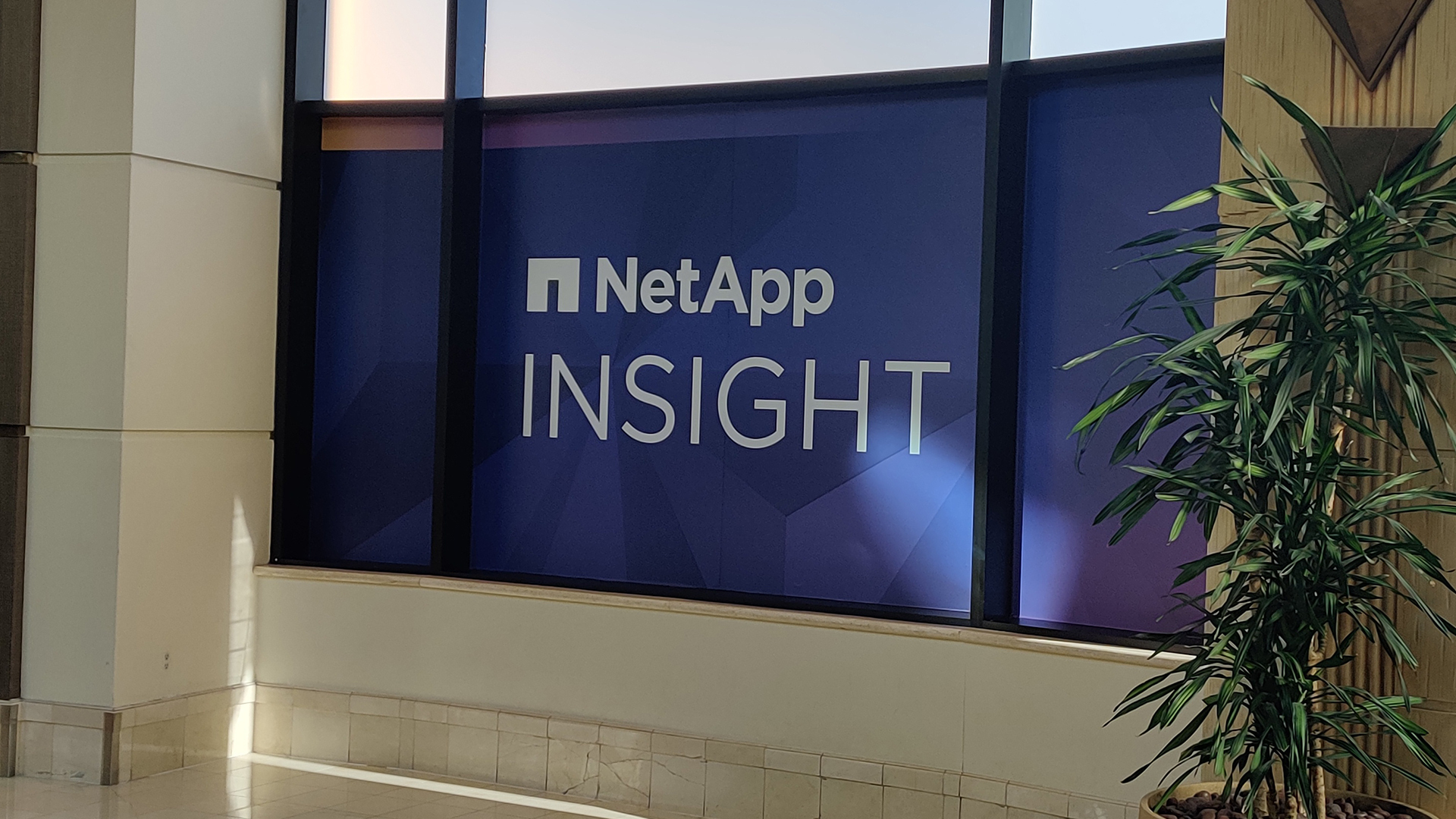 NetApp Insight 2024 live: All the news and announcements from day-three
NetApp Insight 2024 live: All the news and announcements from day-threeLive Blog It’s day-three at NetApp Insight 2024 – stay up to date with our live coverage all the announcements and news from Las Vegas
By Solomon Klappholz Last updated
-
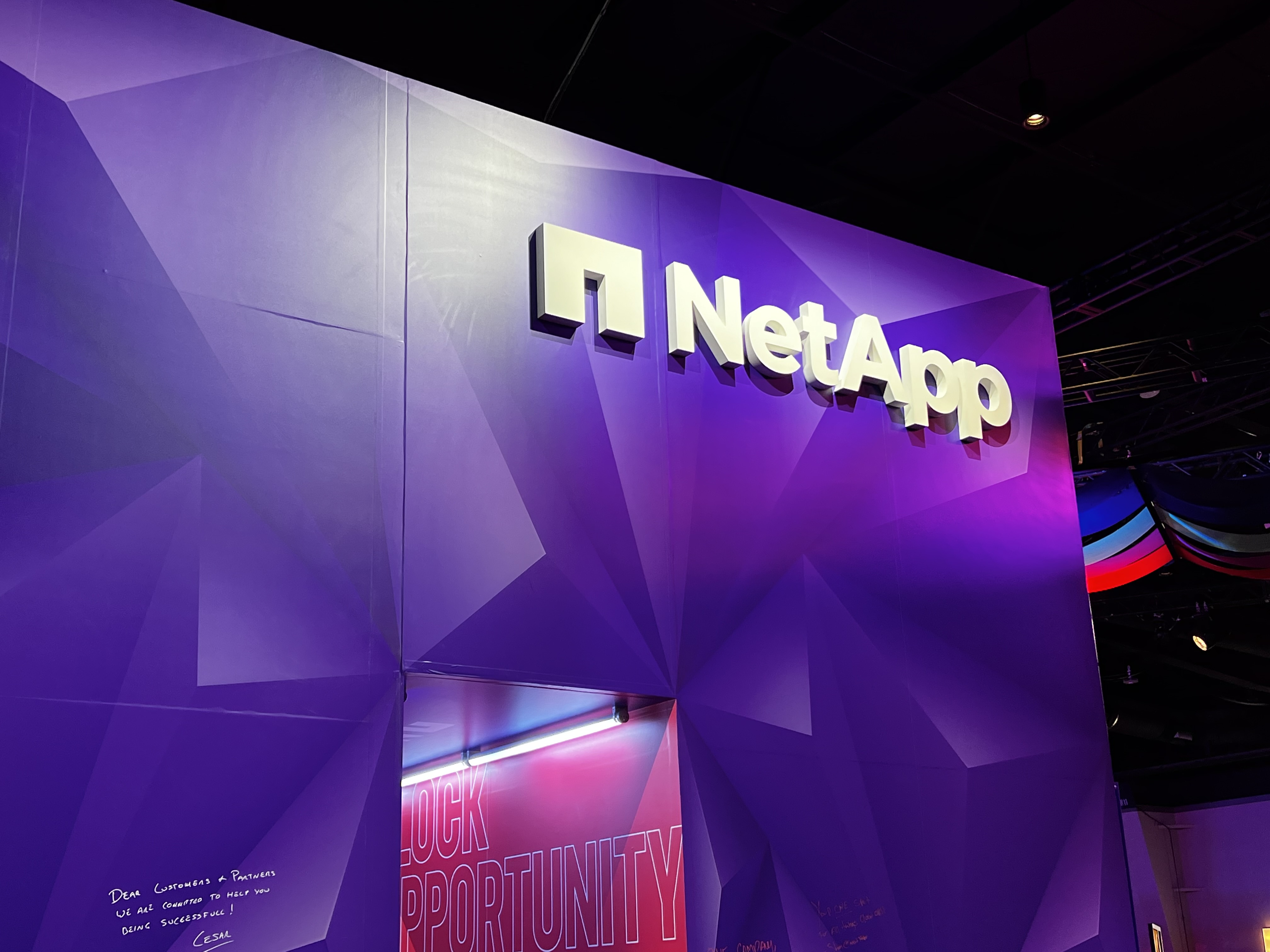 Why NetApp’s ties with public cloud ‘big three’ gives it an AI advantage
Why NetApp’s ties with public cloud ‘big three’ gives it an AI advantageAnalysis The firm’s strong relationships with hyperscalers position it as the go-to storage provider
By Ross Kelly Published
-
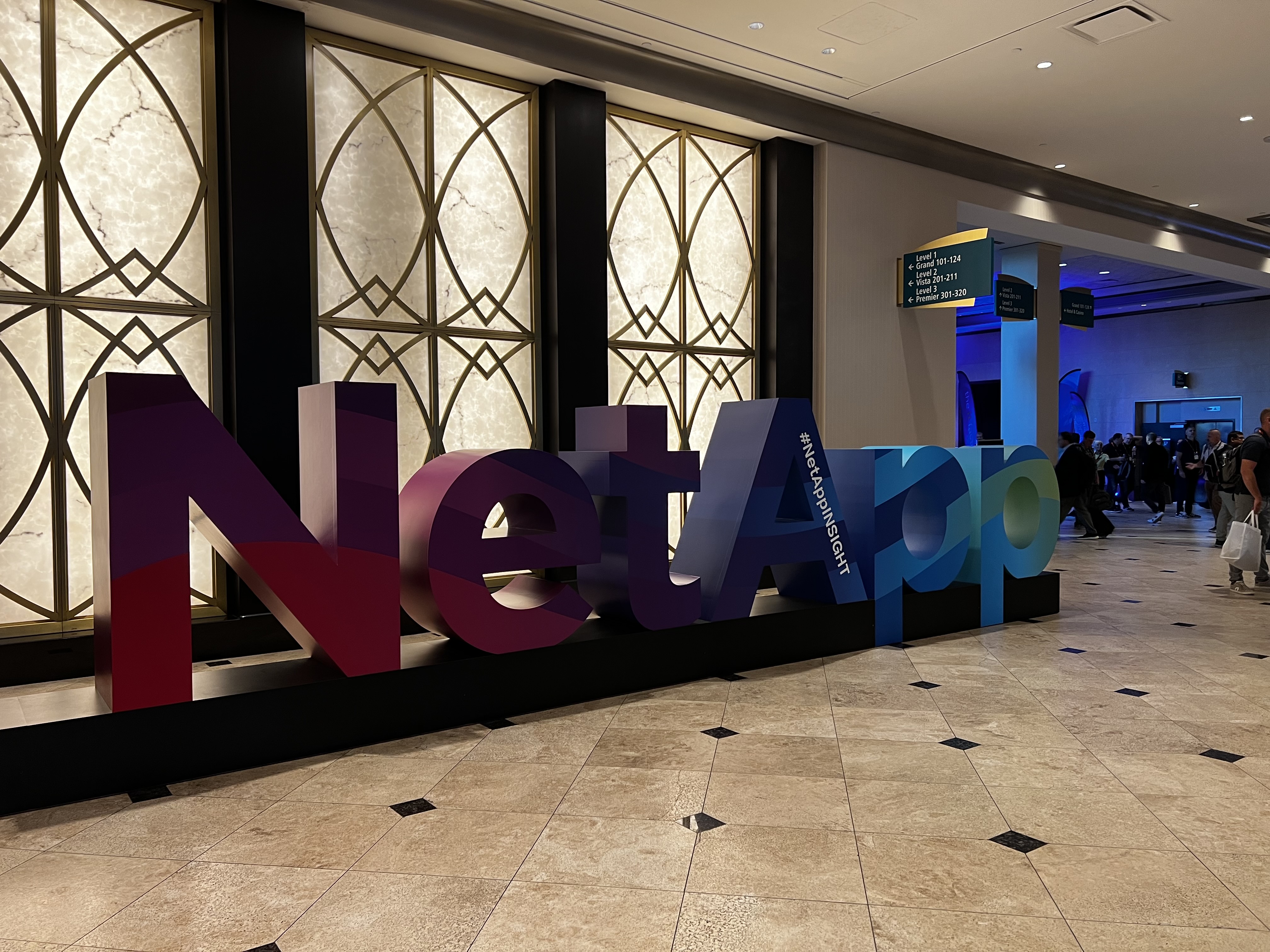 NetApp Insight 2023: All the news and announcements
NetApp Insight 2023: All the news and announcementsLive Blog Stay up to date with all the announcements and news from NetApp Insight 2023
By Ross Kelly Last updated
-
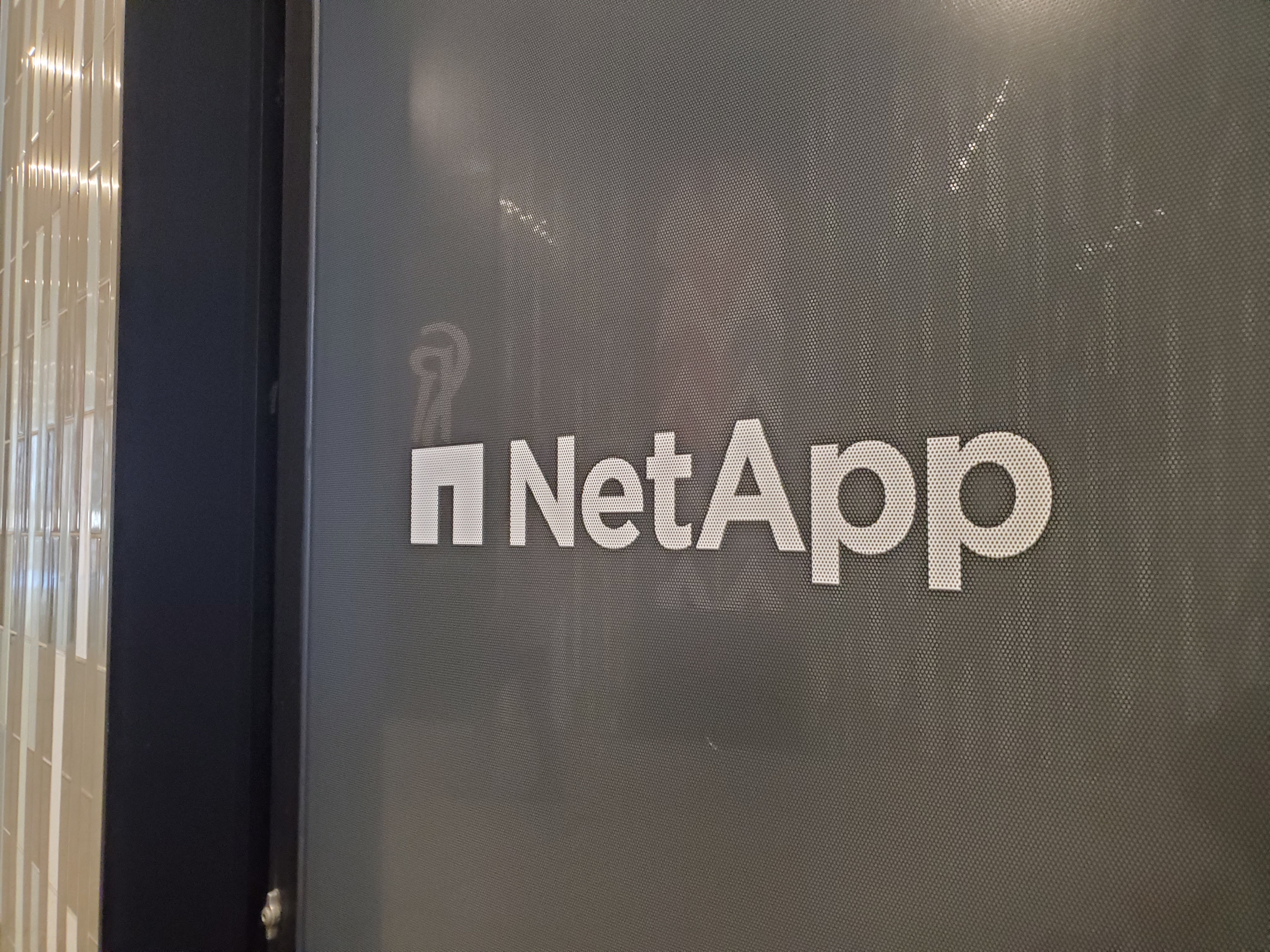 NetApp unveils its new Partner Sphere Program
NetApp unveils its new Partner Sphere ProgramNews The new unified engagement model aims to deliver accelerated growth for partners and address the demands of flash and cloud customers
By Daniel Todd Published